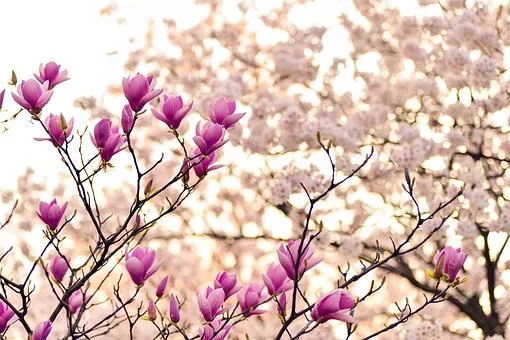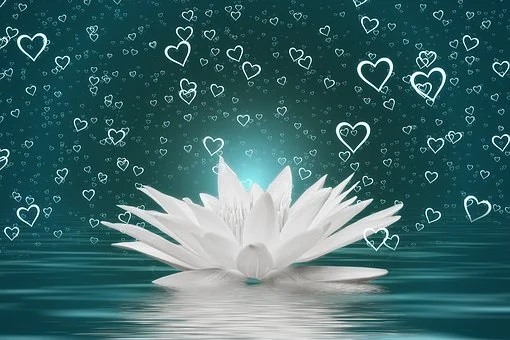At the same time, we should also find out what samsara means, what the cycle of birth, aging, sickness, death and, in fact, the world as a whole signify. But all these questions can simply be summed up in the first Noble Truth—the nature of suffering. Once understanding the nature of suffering, we will have a better grasp on how to deal with the cycle of birth, aging, sickness and death, of which the root cause is the origin of suffering. How then can this cause be uprooted? As physical illness needs the right medication to be cured, cyclic existence can only be stopped with practice of the Dharma. To counteract defilements and attachment, one must exert a sharply opposing force in order to be effective. The process of exerting this counteracting force is the path leading to the cessation of suffering. In other words, the purpose of undertaking Dharma practice is to cease the endless cycle of rebirth and death, not unlike what the right medicine is to a patient.
~Depicted from THE RIGHT VIEW - The Four Noble Truths—the Path Out of Samsara











